Greenock Burgh Provosts
In 1635 King Charles the First acting for his son the Baron Renfrew, granted a Charter under the Great Seal in favour of John Schaw (Elder of Greenock) and conferred upon Greenock the rights and privileges of a Burgh of Barony with liberty to hold fairs and to trade in home made stuffs. The Scots Parliament ratified this Charter in 1641 and following on this a Baron Baillie was appointed by the Lord of Barony. The Baillie was invested with the power of holding courts for the purpose of settling disputes among the inhabitants and attending to the public affairs of the small community. The town of Cartsdyke or Crawfordsdyke was erected into a Burgh of Barony in 1636 and united in 1840 into the Burgh of Greenock. An extended Royal Charter was granted to John Schaw in 1670 which was confirmed by the the Scots Parliament in 1681. In 1741 Sir John Schaw granted the first Charter in favour of the town.
Before that time the whole power of local government was exercised by him under the Royal Charters. He appointed the Baron Baillie and other officials such as Shore-master, Collectors of Dues, also Managers to look after the funds of the town. The first Municipal Act of Parliament for regulating the affairs of the town was passed in 1751 as many people had refused to make a voluntary assessment on all the malt ground at the Mill of Wester Greenock as provided under the Charter of 1741. This act made the assessment a regular legal rate. The passing of the Act of 1751 and the increase of trade in the town, obliged Sir John Schaw either to take a more direct responsibility upon himself for the managing of public affairs or of bestowing more power on the Trustees nominated under his first charter who were the feuars or owners of property in the town.
He decided on the latter course and gave two additional Charters in 1751 - the last being the grant by which the town continued to be governed till the passing of the Municipal Reform Act of 1833.
The Charter provided that the feuars, sub-feuars and burgesses to be afterwards admitted should meet yearly to elect two magistrates, a treasurer and six town councillors with power to the bailies to administer justice and to the whole Council to manage the funds and common good of the town and barony.
The Municipal Reform Act of 1833 provided that Greenock would have sixteen councillors were of 'one shall be Provost, four shall be bailies and one a treasurer' The first Town Council elected under the Reform Act met on 14th November 1833 'in presence of a very numerous assemblage of the inhabitants.' After Robert Baine, Esq., the late Chief Magistrate had addressed the meeting and congratulated the inhabitants on the good order and general good humour which had prevailed during the Election he intimated that James Stewart Esq., had had the greatest number of votes and was therefore called upon to preside. Prayers were offered by the Rev. Mr. Cunningham and the Chairman, after a short address, called upon the Councillors to proceed to the election of a Provost, Magistrtaes and Treasurer.
Thomas Turner Esq., then moved that Robert Baine Esq., the late Chief Magistrate be elected Provost, which motion having been seconded by James Watt Esq., 'was unanimously carried amidst the cheers of the audience.'
The text and images on this page are the copyright of the McLean Museum and Art Gallery. For enquiries about this collection please contact us at wattinstitution@inverclyde.gov.uk.
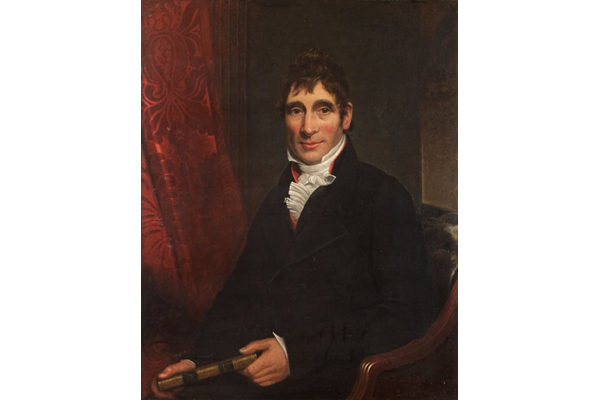
James Watt, Provost of Greenock 1834-1835
James Watt, Provost of Greenock 1834-1835, artist unknown - Oil on canvas - 93 x 73.8 cm - 1978.202 - © McLean Museum and Art Gallery, Greenock
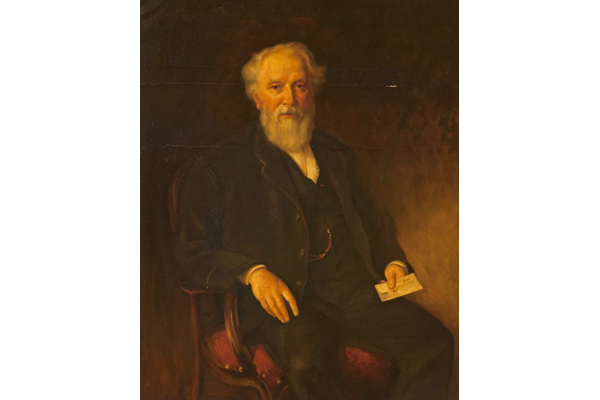
James Morton (1822-1890), Provost of Greenock, 1868-1871
James Morton (1822-1890), Provost of Greenock, 1868-1871 by James Irvine (1833-1899) - 1883 - Oil on canvas - 125 x 100 cm - 1992.17 - © McLean Museum and Art Gallery, Greenock
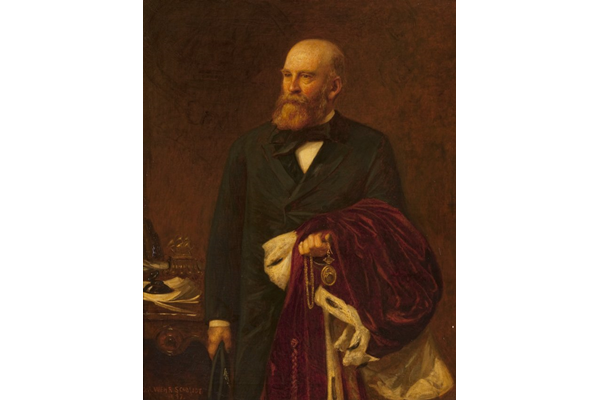
Abram Lyle (1820-1891), Provost of Greenock, 1876-1879
Abram Lyle (1820-1891), Provost of Greenock, 1876-1879, a posthumous portrait painted in 1897 by Daniel Albert Wehrschmidt (1861-1932) - Oil on canvas - 141 x 112.5 cm - 1992.19 - © McLean Museum and Art Gallery, Greenock
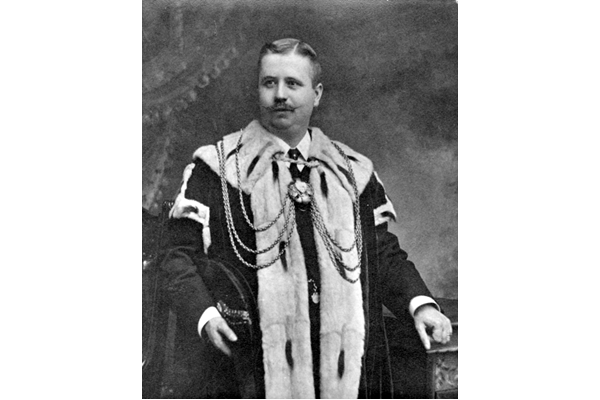
William Bentley MacMillan (1871-1922), Provost of Greenock 1909-1919
William Bentley MacMillan (1871-1922), Provost of Greenock 1909-1919 - Bromide print on paper - R27336.20 - © McLean Museum and Art Gallery, Greenock
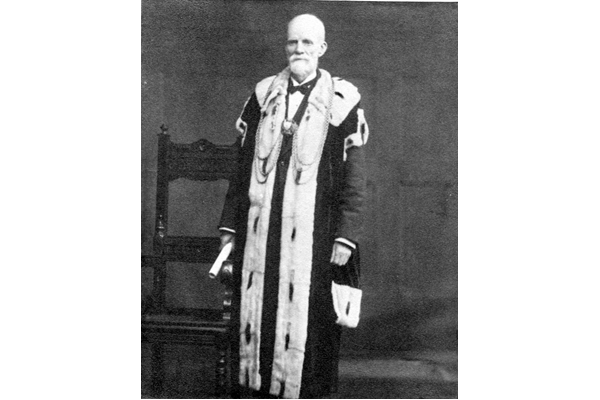
Thomas Mitchell, Provost of Greenock 1919-1922
Thomas Mitchell (d 1932), Provost of Greenock 1919-1922 - Bromide print on paper - R27336.19 - © McLean Museum and Art Gallery, Greenock
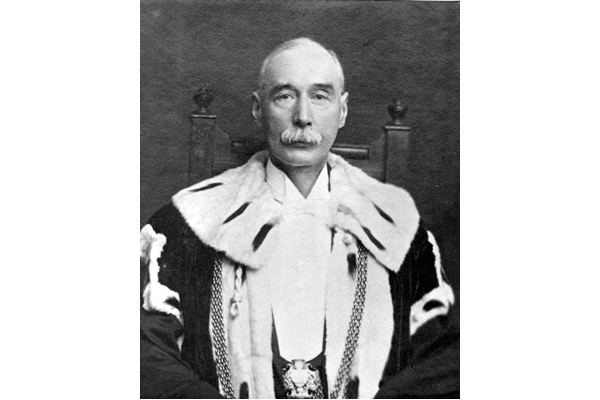
Thomas Baxter (1860-1939), Provost of Greenock 1922-1924
Thomas Baxter (1860-1939), Provost of Greenock 1922-1924 - Bromide print on paper - R27336.18 - © McLean Museum and Art Gallery, Greenock
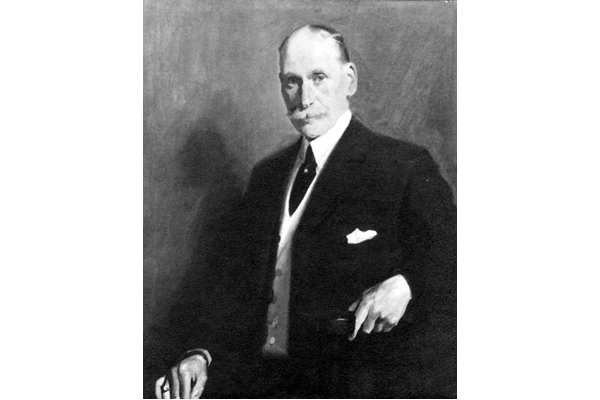
Neil MacNaughton Brown (b 1857), Provost of Greenock 1924-1927
Neil MacNaughton Brown (b 1857), Provost of Greenock 1924-1927 - Bromide print on paper - R27336.14 - © McLean Museum and Art Gallery
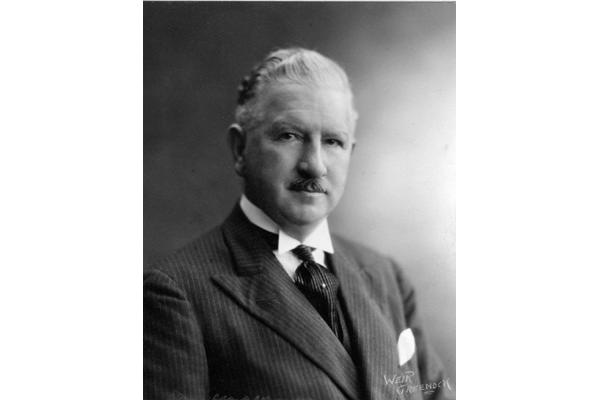
John Drummond (d 1958), Provost of Greenock 1927-1933
John Drummond (d 1958), Provost of Greenock 1927-1933 - Bromide print on paper - R27336.7 - ©McLean Museum and Art Gallery, Greenock
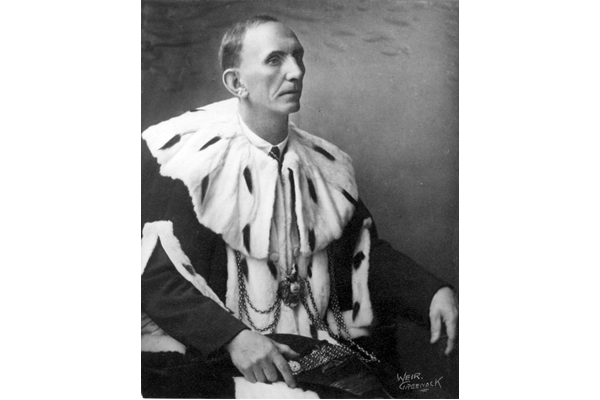
John W. Bell (d 1950), Provost of Greenock 1933-1936
John W. Bell (d 1950), Provost of Greenock 1933-1936 - Bromide print on paper - R27336.13 - © McLean Museum and Art Gallery, Greenock
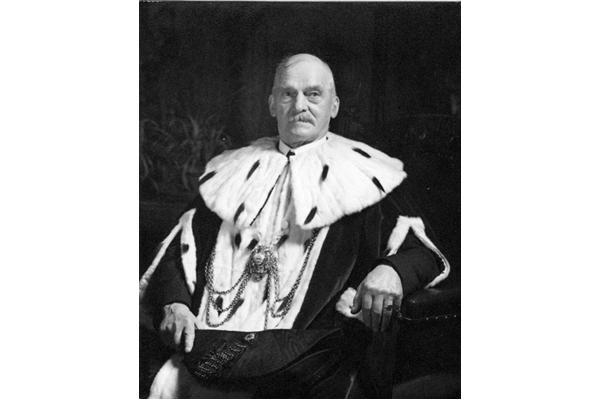
Alfred Henry Davey, Provost of Greenock 1936-1939
Alfred Henry Davey, Provost of Greenock 1936-1939 - Bromide print on paper - R27336.10 - © McLean Museum and Art Gallery, Greenock
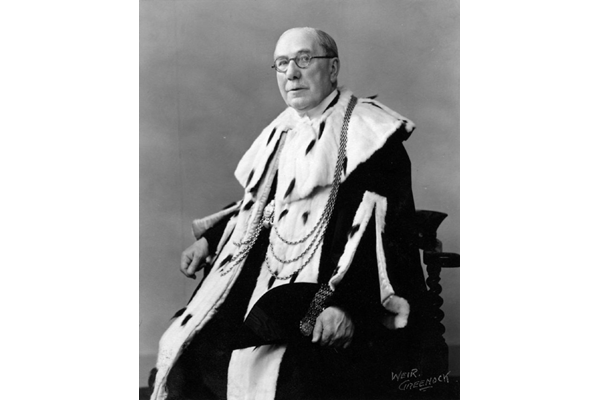
James A. Morrison, Provost of Greenock 1942-1945
James A. Morrison, Provost of Greenock 1942-1945 - Bromide print on paper - R27336.5 - ©McLean Museum and Art Gallery, Greenock
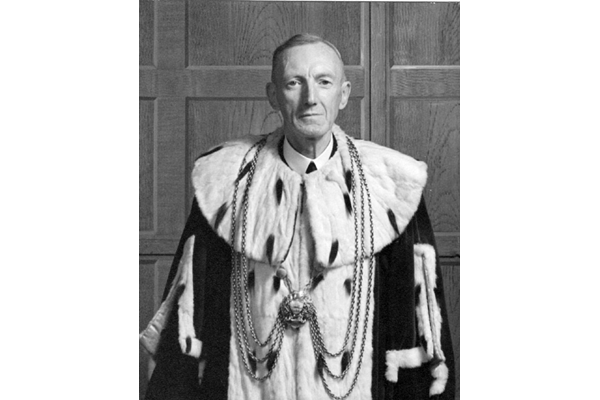
Daniel Morris (d 1949), Provost of Greenock 1945-1949
Daniel Morris (d 1949), Provost of Greenock 1945-1949 - Bromide print on paper - R27336.11 - ©McLean Museum and Art Gallery, Greenock
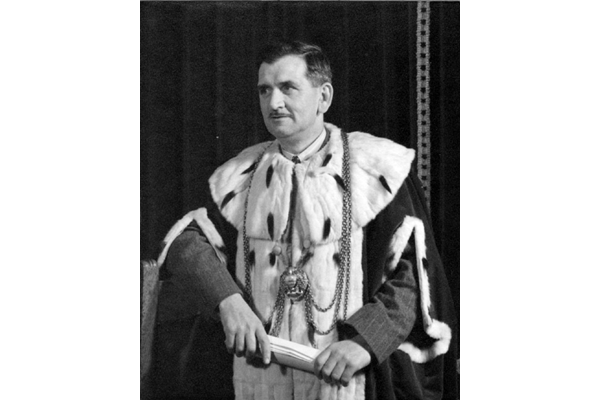
Robert Boyd (d 1955), Provost of Greenock 1949-1955
Robert Boyd (d 1955), Provost of Greenock 1949-1955 - Bromide print on paper - R27336.15 - ©McLean Museum and Art Gallery, Greenock

John L. Watters, Provost of Greenock 1955
John L. Watters, Provost of Greenock 1955 - Bromide print on paper - R27336.8 - ©McLean Museum and Art Gallery, Greenock
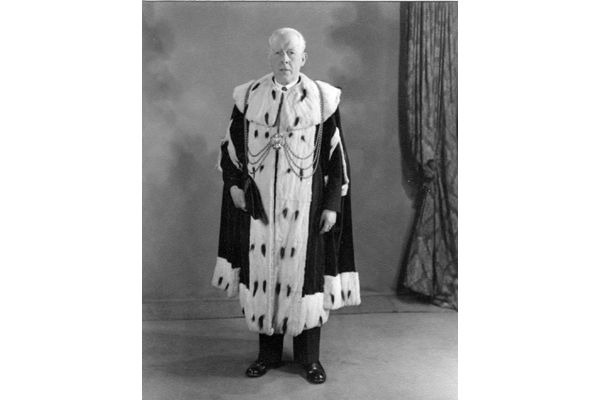
John Porter (1885-1956), Provost of Greenock 1955-1956
John Porter (1885-1956), Provost of Greenock 1955-1956 - Bromide print on paper - R27336.9 - ©McLean Museum and Art Gallery, Greenock

David Gerrard (1909-1983), Provost of Greenock 1956-1959
David Gerrard (1909-1983), Provost of Greenock 1956-1959 - Bromide print on paper - R27336.2 - ©McLean Museum and Art Gallery, Greenock
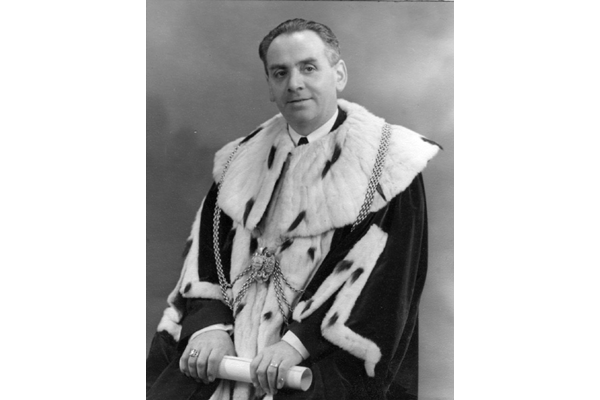
John Reid (1909-1994), Provost of Greenock 1959-1962
John Reid (1909-1994), Provost of Greenock 1959-1962 - Bromide print on paper - R27336.12 - ©McLean Museum and Art Gallery, Greenock

Sir Simpson Stevenson (1922-2015), Provost of Greenock 1962-1965
Sir Simpson Stevenson (1922-2015), Provost of Greenock 1962-1965 - Bromide print on paper - R27336.17 - ©McLean Museum and Art Gallery, Greenock
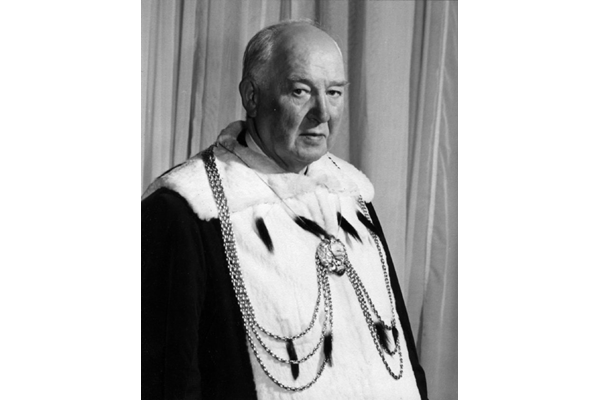
David Millar, Provost of Greenock 1965-1968
David Millar, Provost of Greenock 1965-1968 - Bromide print on paper - R27336.3 - ©McLean Museum and Art Gallery, Greenock
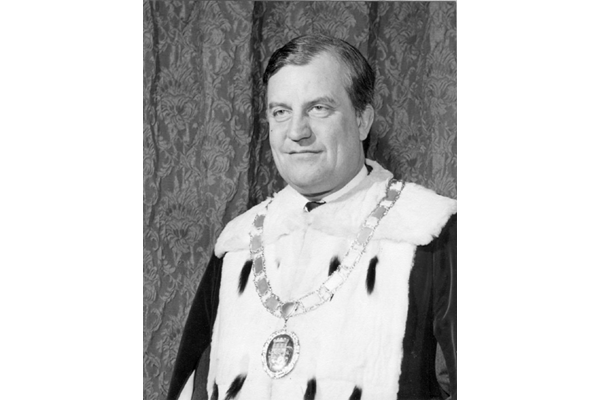
William Riddell (1927-1971), Provost of Greenock 1968-1971
William Riddell (1927-1971), Provost of Greenock 1968-1971 - Bromide print - R27336.21 - ©McLean Museum and Art Gallery, Greenock
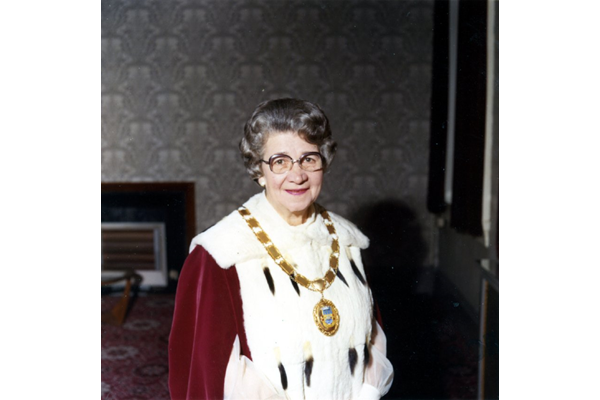
Elizabeth Martin (1905-1989), Provost of Greenock 1974-1975
Elizabeth Martin (1905-1989), Provost of Greenock 1974-1975 - Bromide print on paper - R27336.4 - ©McLean Museum and Art Gallery, Greenock




















